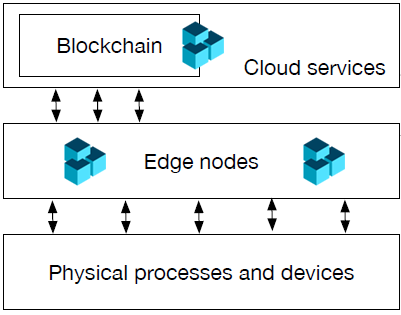Edge and AI
The Open Glossary of Edge Computing defines the architecture as the “delivery of computing capabilities to the logical extremes of a network.” Located outside of traditional data centres and the cloud, the edge is concentrated at the “last mile” of the network and it is as close as possible to the things and people producing data or information.
In the Engineering world there are many examples of the need for Edge Analytics capability. In the Energy Sector, very complex installations are responsible for the exploration and production of the hydrocarbon resources which have driven the development of the modern economies of the world and which will still have a significant role to play for many decades to come, despite the meteoric rise of the renewables sector.

Those installations have very advanced engineering equipment installations to perform particular tasks but these remain largely disconnected from each other and the energy resource owners owing to site remoteness, satellite communications bandwidth limitations, and market forces.
Those production sites generate vast amounts of data, but again the satellite bandwidth limitations mean that this information cannot be transmitted back to the Public or Private Cloud servers that are capable of generating the Algorithms which might improve considerably operational efficiency.
Instead, this efficiency can only be gained by running the Machine Learning and eventually Artificial Intelligence Algorithms at the Edge on the Industrial Internet-of-Things (IIOT) devices that are and can be installed on those sites.
The Curtis & Associates company UniDAQ has been developing Edge devices that are capable of running these Algorithms. Further information on these devices may be found at UniDAQ.ai. Software solutions to display the engineering data and analytical results are available for sale or lease through UniDAQ or as a SaaS or PaaS model through the Curtis & Associates company Petrolink – more details at Petrolink.com.

